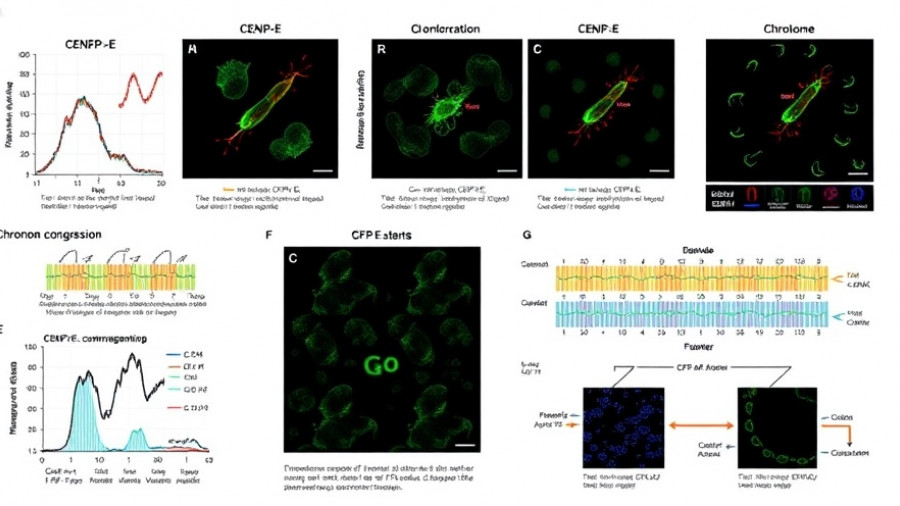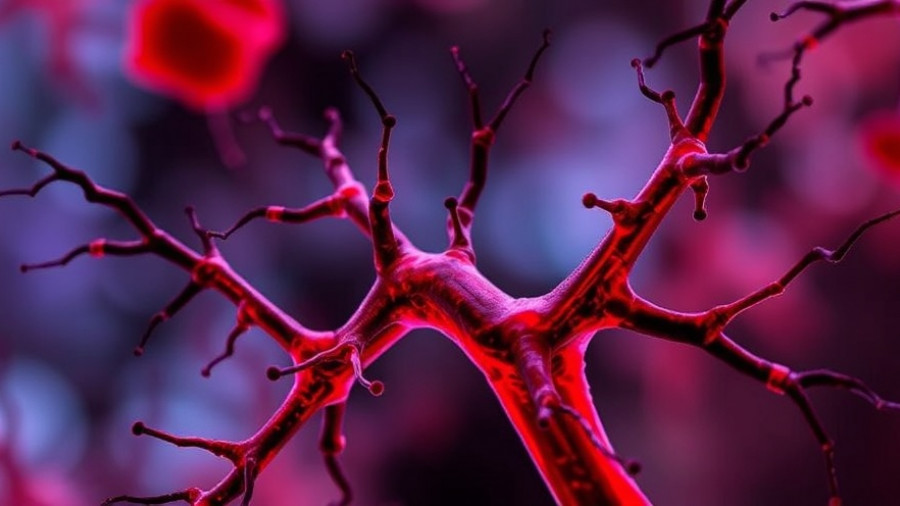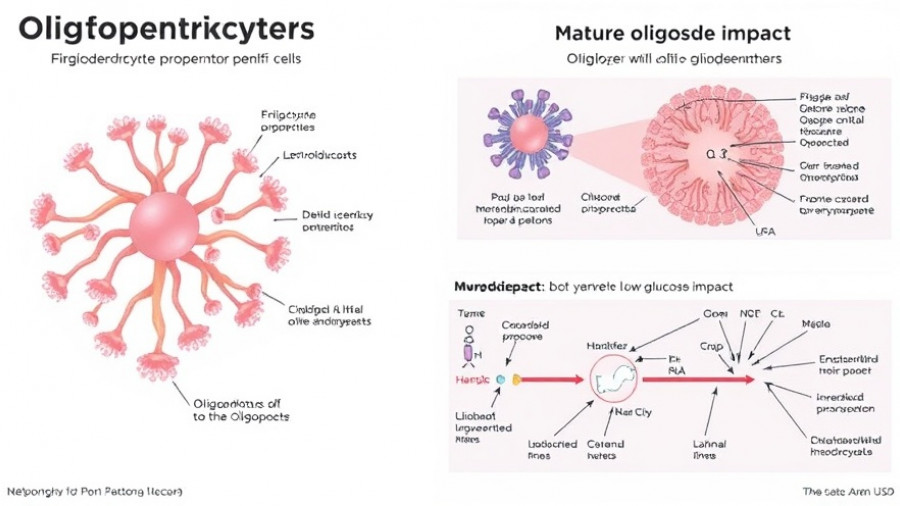
Understanding CENP-E: The Key to Chromosome Movement in Cell Division
Every time our cells divide, an extraordinary process occurs, ensuring that each daughter cell receives an identical set of chromosomes. At the heart of this process lies a protein called CENP-E, which plays a crucial role in the congression of chromosomes during mitosis. As researchers dive deeper into the inner workings of CENP-E, they're unraveling how this motor protein operatively opposes the actions of Aurora kinases to facilitate proper chromosome positioning.
The Role of CENP-E in Chromosome Congression
Recent findings indicate that CENP-E is essential for the initiation of chromosome congression—a process relating to how chromosomes position themselves centrally in preparation for cell division. Contrary to previous assumptions that CENP-E merely facilitates the movement of chromosomes along microtubules, new evidence suggests it primarily promotes the stabilization of end-on attachments at the kinetochores. This stabilization counters the effects of hyperphosphorylation initiated by Aurora kinases, which typically impede this crucial attachment and thus impede congression.
Lowering the Barriers: How CENP-E Works Against Aurora Kinases
Aurora kinases traditionally serve as inhibitors in this dynamic, destabilizing end-on attachments and expanding the fibrous corona that surrounds kinetochores, which can prevent effective attachment to microtubules. CENP-E acts like a traffic cop, reducing the hyperphosphorylation signals from Aurora B in a BubR1-dependent fashion, to ensure that the chromosome not only stabilizes its connections but also accelerates its trajectory towards the spindle's equatorial region.
Linking Biorientation and Congression
The intricate feedback loop between CENP-E and Aurora kinases demonstrates a fascinating interplay in cell division. It's now understood that biorientation of chromosomes—where they attach to microtubules extending from opposite spindle poles—is intrinsically linked to their congression. This insight sheds light on past misunderstandings where congression was often viewed as a disconnected process from chromosome alignment.
Implications Beyond Cell Division: Health and Longevity
While the role of CENP-E in cell division is primarily biological and cellular, its implications can stretch as far as human health. Understanding how biological processes are interlinked, including the mechanisms of chromosome movement, offers insights into the fundamentals of aging, disease progression, and even cancer metastasis—areas greatly intertwined with the efficiency of cellular processes.
Future Directions and Significance of CENP-E Research
Investigations into proteins like CENP-E not only serve to deepen our understanding of mitosis but also ripple across multiple health domains, including aging research and disease prevention. As more becomes known about cellular dynamics, especially in the context of biohacking techniques aimed at optimizing longevity, professionals and health enthusiasts alike must remain informed about the developments in this field. Knowledge of cellular health is crucial as individuals seek science-backed strategies for healthspan optimization and innovative avenues for disease prevention.
In conclusion, ongoing research into CENP-E not only enhances our comprehension of the microscopic mechanics of cell division but may also pave the way for breakthroughs in health and longevity. By bridging cellular processes with longevity strategies, we can uncover profound insights fueling our understanding of wellness and cellular vitality.
 Add Row
Add Row  Add
Add 




Write A Comment